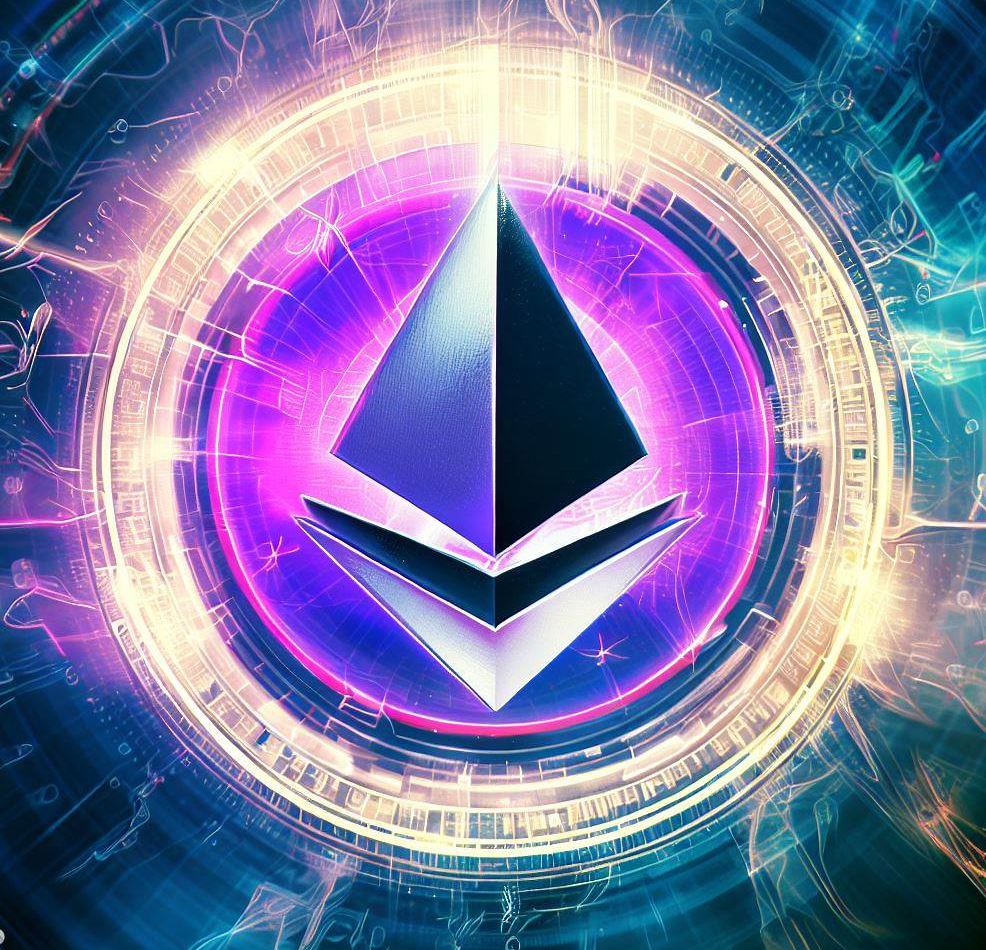Ethereum is the second cryptocurrency globally (after Bitcoin), which is part of the second generation of cryptocurrencies and allows the development of different centralized applications and smart contracts.
When you want to acquire or trade cryptocurrencies (such as Ethereum), it is essential to have a digital wallet, which will considerably simplify the management of your cryptocurrencies. However, currently, a large variety of wallets in the market may hinder choosing the most suitable option. For this reason, we will learn some points we should bear when selecting an Ethereum wallet.
Check how user-friendly the user interface is
Before choosing an Ethereum wallet, it is essential to verify how user-friendly its user interface is because if such a platform is intuitive and easy to use, it will allow its users to perform tasks more efficiently, which can increase the productivity of the people using the platform. When such users can easily interact with a platform and understand how it works, they tend to be more satisfied, as they require less time and effort to use such a platform.
Compatibility with operating systems and support
One of the most important factors when choosing an Ethereum wallet is knowing its compatibility with the operating systems of those devices we use daily (computers, tablets, or smartphones). We must remember that although there is a wide variety of Ethereum wallets, not all are compatible with any operating system, or their support may not cover each version of the operating system on the market.
In this case, it is advisable to check the wallet’s website to verify the available versions and which support they offer for the different operating systems, in addition to confirming the latest updates. If the wallet service company has an active development team and a strong community, this will increase the likelihood of security updates and continuous improvements.
Security level
One of the most outstanding characteristics of a wallet is its security level; therefore, when choosing a wallet to manage our Ethereum assets (Ethers, NFT, smart contracts), we must bear that there are custodial and non-custodial wallets.
With a wallet with custody (centralized wallet), the control of the assets in Ethereum is shared between the user and the company; therefore, it is of utmost importance to verify the level of security of the platform or ecosystem of the company, especially to guard the private keys managed by this type of wallet.
In the case of a non-custodial wallet (hardware wallets or desktop applications), the security level will depend exclusively on the user. Therefore, the user will be exposed to any vulnerability that his device may present; for example, if a third party manages to breach a device and gain access to critical data, it could reveal all Ethereum assets of this wallet.
Due to this point, it is advisable to use “escrowed” wallets, as in this way, we can benefit from the system and security standards of the company providing such service.
As we saw in our previous article, other points that we can evaluate regarding security is to verify if the wallet has two-factor authentication (2FA), as this will give us an “additional” layer of security, in addition to checking if the platform has other protection measures such as integration of security controls, identity verification, among others.
Additional functions or services
Another point is whether the Ethereum wallet service company offers additional or complementary functions/services such as cryptocurrency and FIAT money exchange, IBAN accounts, and payment processors.
Customer support
It is essential to verify the level of quality of customer service and support, as this will ensure that we have a good experience with the wallet as if to know if the company will be able to solve any problems that may arise in the future or if they will answer questions related to our wallet. We must bear that no matter how developed and modern a platform is, if the customer service and support are deficient, then the experience with the product/service will be unsatisfactory.
To assess this point, we can check the company’s response time in its official digital channels. Another factor we can evaluate is the quality of these responses; for example, do they answer what we are asking? Are the answers helpful, or do they tend to be evasive? Is the person answering the channel willing to attend to us or simply “redirect” us to another place? How long did they take to answer us?
Reviews and ratings
It is advisable to check the reviews and ratings of the wallet (or the company behind the wallet), as this will give us an idea about the quality level of the platform. It is desirable to look at the intermediate ratings, as these tend to be more objective (while the maximum and minimum ratings tend to be more emotional and less impartial).
Regulations and standards
As we saw in our previous article, it is essential to verify whether the company providing the wallet service is regulated by the competent financial authorities in its sector, as this will give us a higher level of security and allow for a certain degree of supervision and control.
Costs or fees
It is significant to know and understand the different costs of the Ethereum wallet, for example, transaction charges and exchange between cryptocurrencies or FIAT money, among others. At this point, it is desirable to go to the “fees” or “costs” section on the company’s official website and check if such fees fit the needs of our company or business.
What do you think about this topic? Do you want to know more about the wallet or payment processor service for Ethereum?
If you are interested in Pilsenga’s products or services, you can visit our website and register on our platform by visiting the following link.
